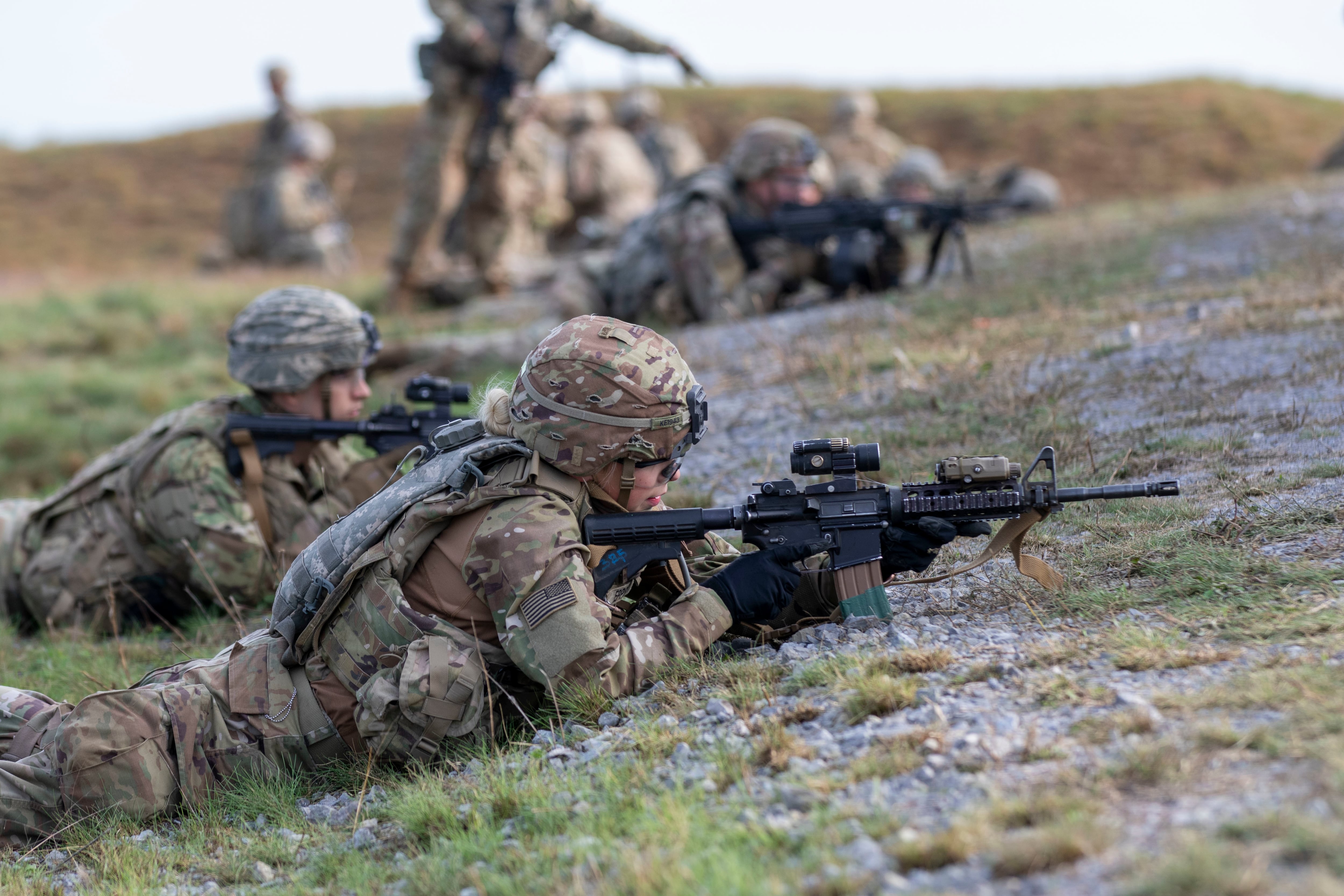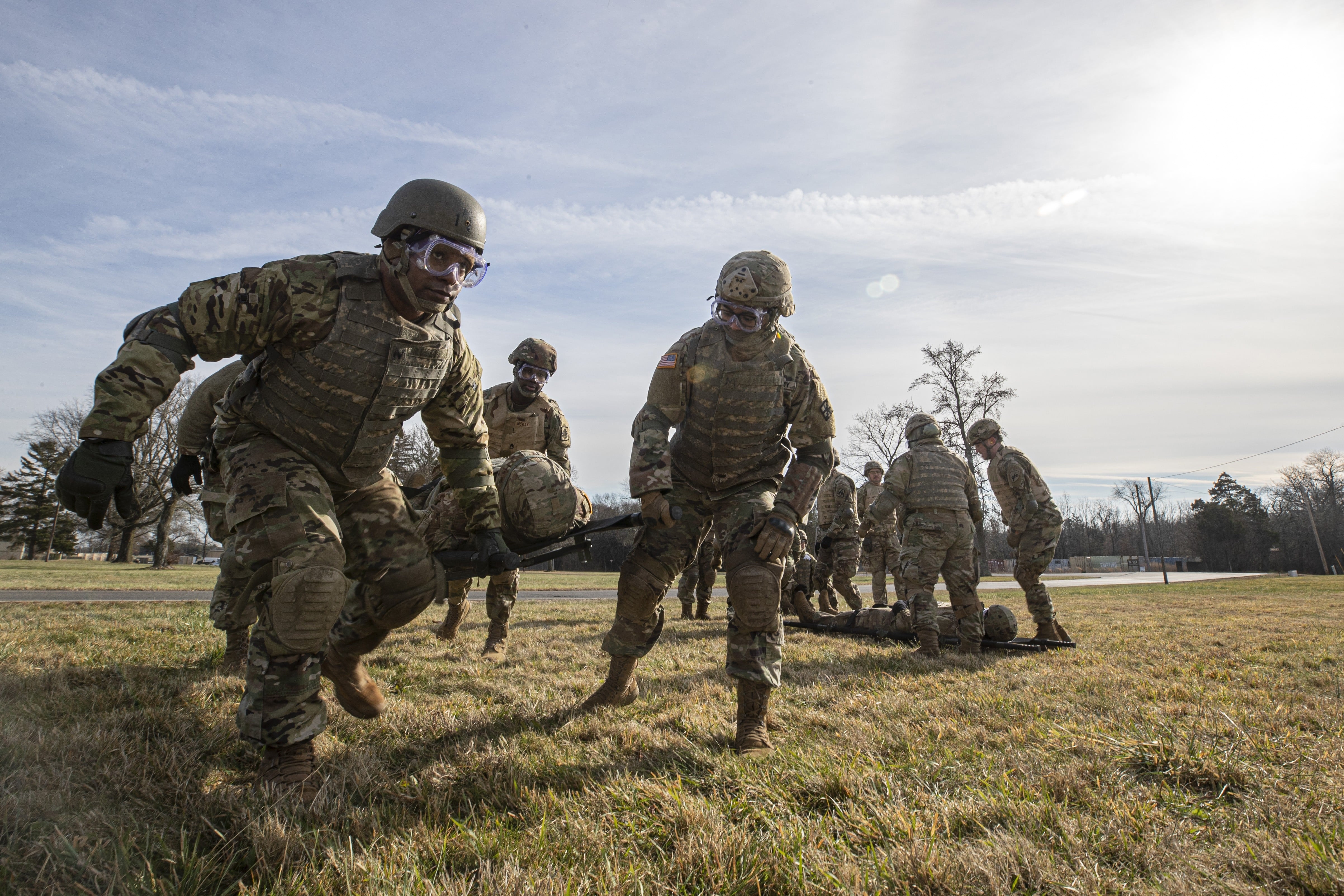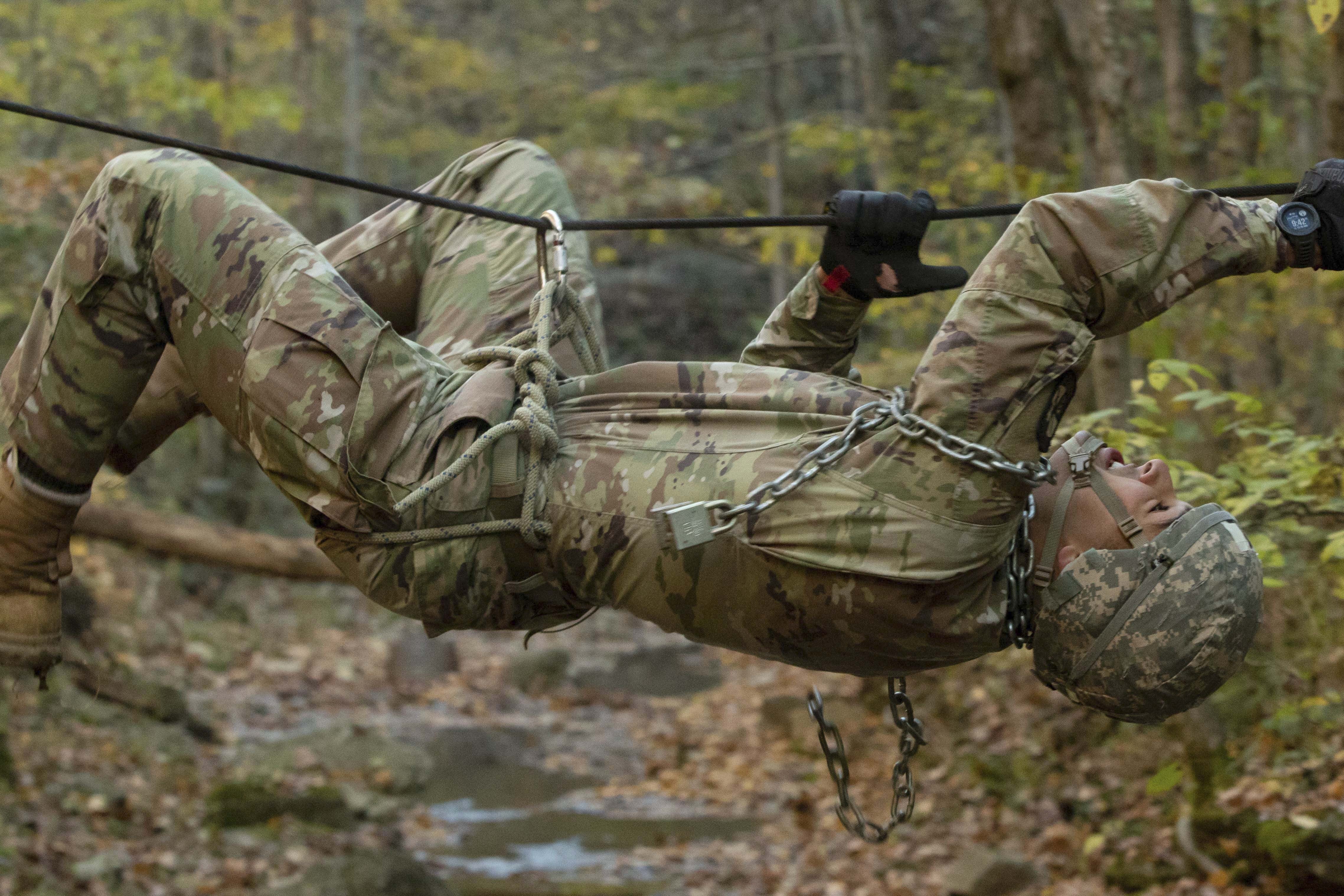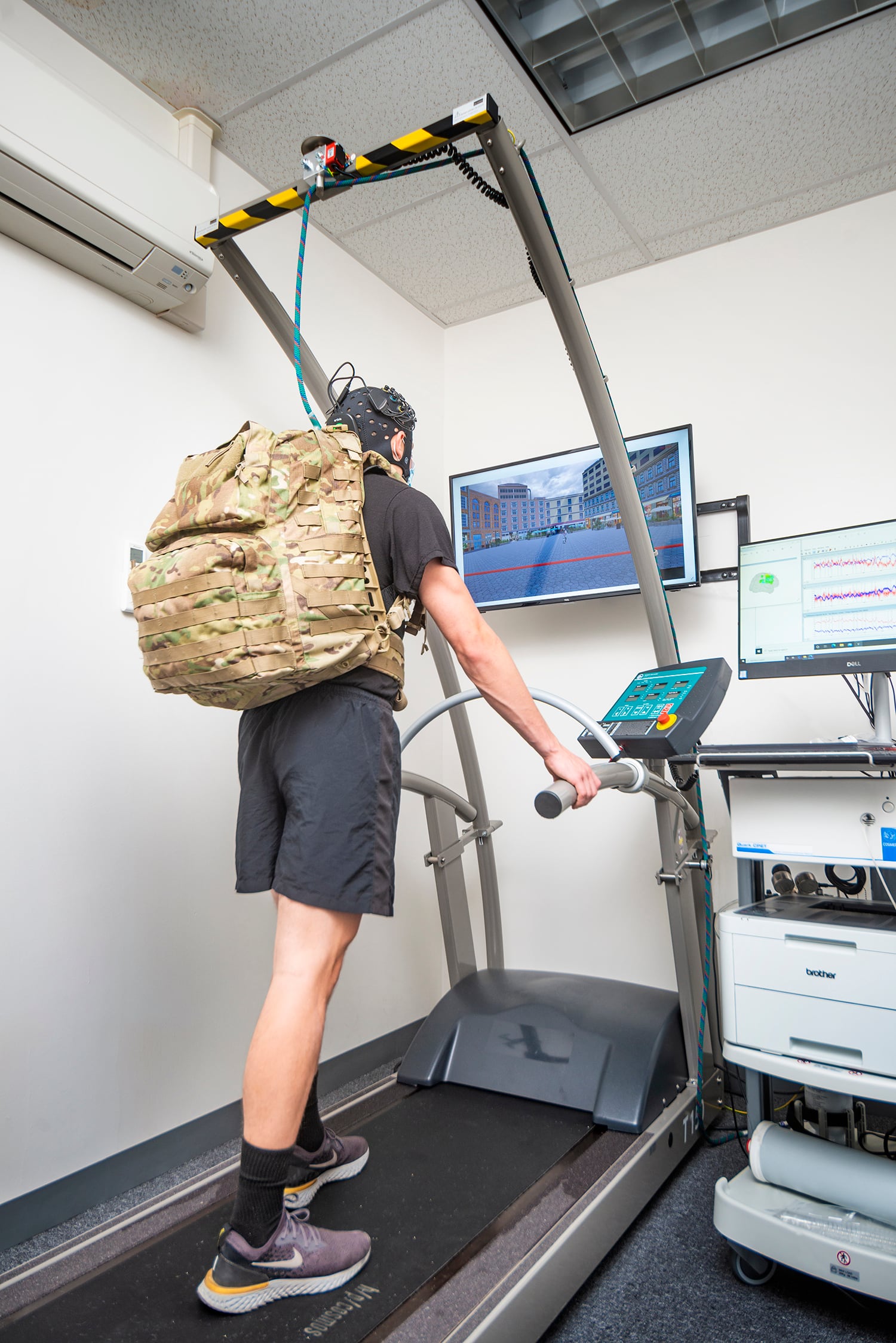A project to provide Army commanders with a kind of “soldier dashboard” to measure how their individual soldiers and squads are performing is set for more units, more tests and more data collection in the coming weeks and months.
The MASTR-E, or Measuring and Advancing Soldier Tactical Readiness and Effectiveness, is a program aimed at using a host of information to make troops healthier and better at everything from running to shooting to thinking in the midst of combat.
The kit used to track all of this data includes an Oura Ring to monitor sleep, a RediBand to monitor recovery and a Polar Grit X smartwatch to monitor exertion.
Army Times spoke recently with George Matook, program manager, and Tad Brunye, senior cognitive scientist at the Army’s Combat Capabilities Development Command to catch up on the program.
RELATED

The program has been put through the paces at 10th Mountain Division.
While they’ve been running soldiers through separate physical and cognitive lab-based stress tests over the winter, April will see new field studies at Fort Campbell, Kentucky, and Fort Devens, Massachusetts.
Data is collected during field exercises, range live fires and while soldiers sleep.
More tests are in store, but ultimately, the research team aims to pull together all the data, algorithms, studies and systems to pass the system off for development in 2024. Fielding could begin shortly afterward.
A few weeks ago, the program concluded a physical stress test portion that had soldiers strap on a rucksack with the equivalent of half their body weight and march up an incline treadmill for two hours.
Brunye said the physical stress test data will now be used to look at the participants’ physiology, including brain activity and cognitive outcomes.
All soldiers who participated in testing were volunteers.

They’re going to analyze at the soldiers’ biochemical responses such as levels of cortisol, lactate, creatinine, neopterin, carnitine and other markers for how well their body was adjusting to performing under stress.
The idea is to then feed that data into statistical analyses that will help researchers identify what links they can find between a soldier’s physical and genetic attributes and their performance.
A similar stress test involved soldiers being put into “be on the lookout” scenarios in high-fidelity simulations and receiving a shock for some sessions when they made errors and no shock in other sessions.
The shocks were used to further stress the situation, helping researchers gather data on cognitive processes happening with soldiers in those situations.

So far, approximately 100 soldiers have provided about 1,000 hours of test data through the stress tests. They ran through the vignettes at a virtual reality lab called the Soldier and Small Unit Ambulatory Virtual Environments, or SUAVE Lab at Tufts University, Middlesex County, Massachusetts.
The same data gathering, analysis and modeling will be used for the team’s research.
In June 2021 the researchers finished a test-run, that measured a range of outputs from soldiers during a 72-hour field study involving 75 soldiers from the 1-325th Airborne Infantry Regiment, 82nd Airborne Division, at Fort Devens.
Todd South has written about crime, courts, government and the military for multiple publications since 2004 and was named a 2014 Pulitzer finalist for a co-written project on witness intimidation. Todd is a Marine veteran of the Iraq War.




